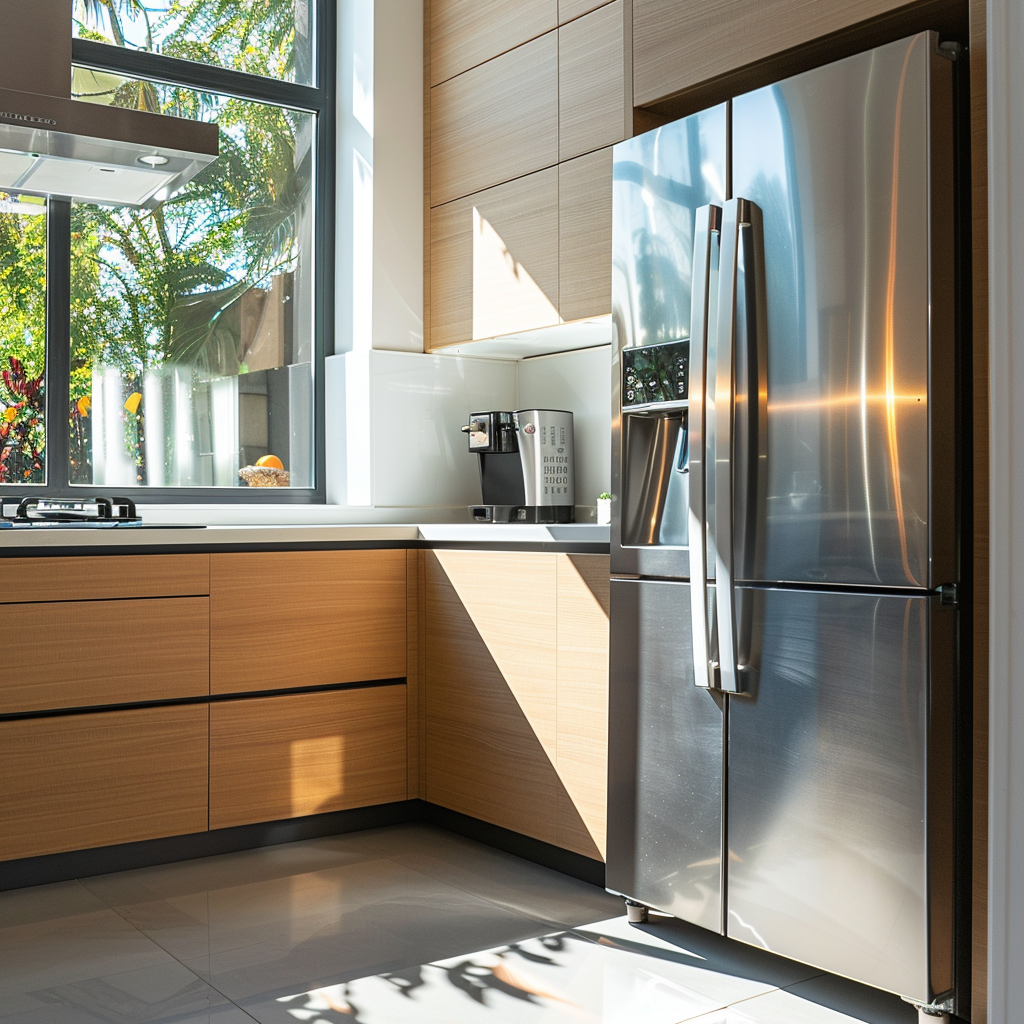Choosing energy-efficient appliances is not only a smart way to reduce your utility bills, but it’s also an environmentally friendly step toward a more sustainable lifestyle. With so many options on the market, finding the right appliances that balance performance, efficiency, and cost can feel overwhelming. But don’t worry—this guide will walk you through the essential factors to consider when shopping for energy-efficient appliances, helping you make informed decisions that benefit both your home and the planet.
1. Look for the Energy Star Label
One of the easiest ways to ensure you’re choosing an energy-efficient appliance is to look for the Energy Star label. This certification, backed by the U.S. Environmental Protection Agency (EPA), guarantees that the product meets strict energy efficiency guidelines. Energy Star-certified appliances use less energy and water than their non-certified counterparts, which translates to long-term savings on your utility bills.
Actionable Tip: When comparing appliances, check the Energy Guide label, which provides information on the appliance’s estimated annual energy consumption and cost. This will give you a clear idea of how much you can save in the long run.
Unique Insight: Appliances with the Energy Star label can reduce household energy consumption by about 10-50%, depending on the appliance. The higher upfront cost is often offset by the energy savings over the appliance’s lifespan.
2. Understand Energy Efficiency Ratings
Different appliances have their own unique energy efficiency metrics. Understanding these ratings will help you make the best decision for your home:
-
Refrigerators: Look for the kilowatt-hours (kWh) rating. The lower the number, the more energy-efficient the refrigerator. Choose models with a top or bottom freezer, as side-by-side units tend to use more energy.
-
Washing Machines: Front-loading washing machines are typically more energy-efficient than top-loaders. Check for the Modified Energy Factor (MEF) and Water Factor (WF) ratings—higher MEF and lower WF numbers indicate better efficiency.
-
Dishwashers: Energy-efficient dishwashers use advanced features like soil sensors, which adjust the water usage based on how dirty the dishes are. Look for low kWh ratings and water usage per cycle.
Actionable Tip: Pay attention to the appliance’s size relative to your household needs. Buying an oversized appliance can waste energy, so make sure you choose a model that fits your actual usage.
Pro Insight: Newer appliances often have “smart” features that allow you to monitor and adjust energy usage from your smartphone. This can help you control consumption more effectively.
3. Consider the Long-Term Savings
While energy-efficient appliances may have a higher upfront cost, it’s important to consider the long-term savings on your utility bills. Over time, these savings can more than make up for the initial investment. For example, upgrading to an Energy Star-certified refrigerator can save you hundreds of dollars in energy costs over its lifetime.
Actionable Tip: Calculate the return on investment (ROI) by comparing the appliance’s annual operating cost to its upfront price. This will help you determine how long it will take for the energy savings to cover the additional cost.
Unique Insight: Some local governments and utility companies offer rebates or incentives for purchasing energy-efficient appliances, further reducing your out-of-pocket expenses.
4. Choose the Right Size and Model
Bigger isn’t always better when it comes to energy efficiency. Larger appliances tend to consume more energy, so it’s crucial to choose the right size for your household’s needs. For instance, if you live alone or with a partner, you probably don’t need a large-capacity washing machine or refrigerator. Conversely, a larger family may benefit from a bigger appliance that minimizes the need for multiple cycles, ultimately saving energy.
Actionable Tip: Measure the space where you plan to install the appliance to ensure it fits properly. A poorly sized appliance may end up running inefficiently if it’s too large or too small for your household.
Bonus Tip: For heating and cooling appliances like air conditioners, consider the energy efficiency ratio (EER) or seasonal energy efficiency ratio (SEER). Higher numbers indicate greater efficiency.
5. Look for Advanced Features
Energy-efficient appliances often come with advanced features that optimize their performance while saving energy. For example, dishwashers with soil sensors can detect how dirty your dishes are and adjust the water and energy usage accordingly. Washing machines with high-spin speeds remove more water from clothes, reducing drying time and energy consumption.
Actionable Tip: Choose appliances with delay-start functions, which allow you to run them during off-peak hours when electricity rates are lower. This is especially useful for washing machines and dishwashers.
Unique Insight: Some energy-efficient refrigerators have dual evaporators, which use separate cooling systems for the fridge and freezer. This improves efficiency and keeps food fresher for longer.
Conclusion: Make Energy Efficiency a Priority
When it comes to choosing energy-efficient appliances, understanding the key features and long-term benefits can help you make smarter decisions for your home. Look for the Energy Star label, consider the right size and model for your needs, and focus on advanced features that can save you money and energy in the long run.












